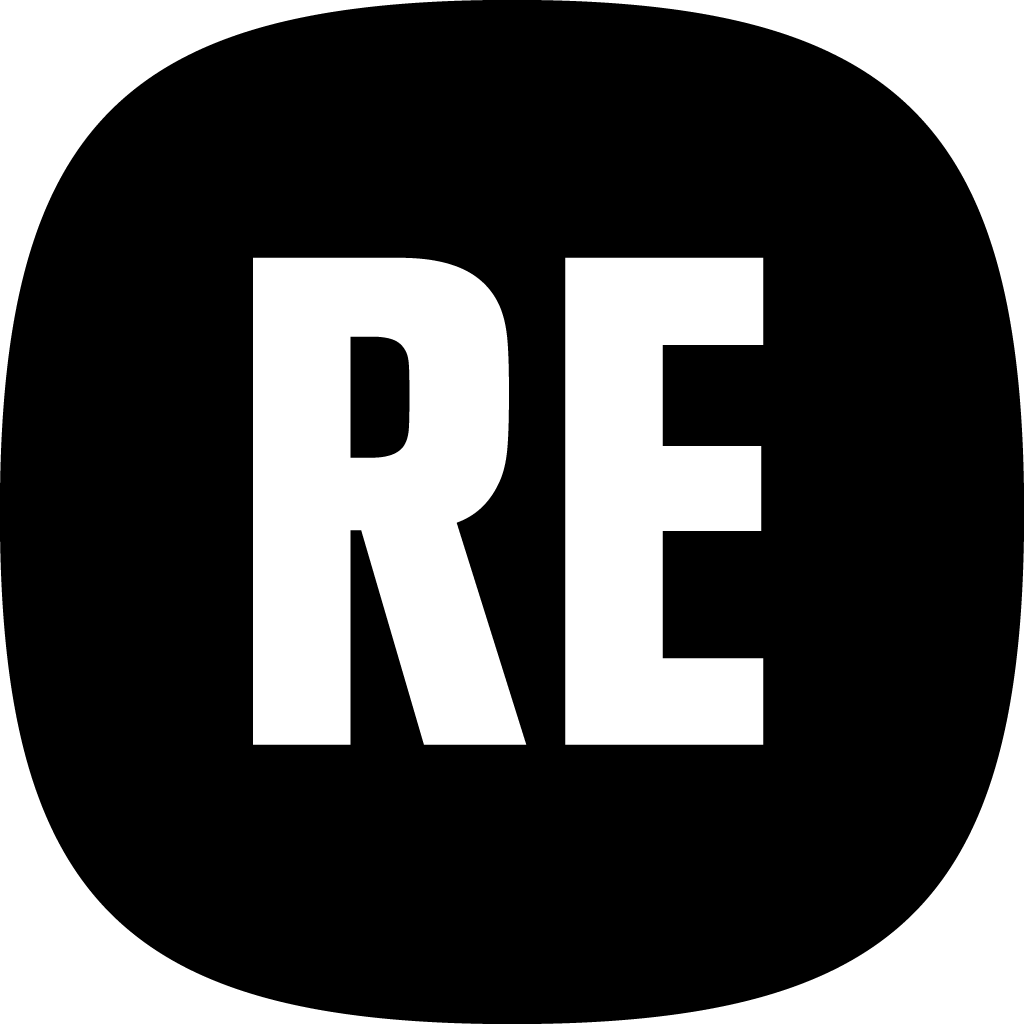‘What if’ Scenarios
.png)
Overview
In this activity, participants will begin by identifying a specific issue or scenario they are currently dealing with or need to address. Once they've pinpointed a challenge, they will use a set of cards as a creative tool to brainstorm and ideate potential solutions, strategies, or actions. The cards serve as a resource to inspire new ideas and approaches. Participants will then craft "what if" scenarios using the following structure: "What if I could [insert activity/action] with [tool] to [insert impact]." This exercise is designed to help them explore innovative solutions and actionable strategies to tackle their challenges with the RECHARGE resources and tools in mind.
Implementation
1. Participants should be divided into groups
2. Each group should develop a problem statement describing a current or past challenge in their organisation or work.
This could include:
An existing activity based on a business model that needs updating.
Efforts to strengthen a current initiative by involving additional stakeholders.
A new service idea (e.g., an online gift shop or educational programme) that requires a sustainable business model.
A defined impact area (e.g., better support for local artists) with ongoing exploration of how to achieve it.
3. Writing a problem statement can be as simple as a single sentence describing a challenge. It can also be more detailed, including the following elements:
Gap: The challenge, issue, or pain point you currently face.
Orientation: When and where the problem occurs, and the trend it follows or creates.
Impact: The consequences of the problem, measured in cost, time, quality, environment, or personal experience.
Importance: Why this problem matters to your organisation and the people you serve.
Participants are encouraged to be flexible in identifying issues and crafting their problem statements.
4. Ideate solutions using the RECHARGE cards to explore possibilities within Participatory Business Models for Cultural Heritage. Use the cards to recharge your resources and develop ideas or solutions that address your group’s problem statement. Create “what-if” scenarios related to your problem statement:
Use blank cards to imagine new solutions beyond the existing RECHARGE resources.
This encourages fresh thinking and exploration of innovative possibilities.
Reflect on the outcomes by guiding participants with a set of reflection questions (to be provided separately).
What ideas did participants generate?
Which were surprising or insightful?
What problems could be solved using RECHARGE resources?
When did they need to think outside the box and invent new solutions?
The goal is to uncover new perspectives and expand creative potential beyond current tools.
To Consider in Your Activity Design
Clarity of the Problem Statement: Ensure that participants understand how to create a clear and concise problem statement. It should effectively capture the challenge they are addressing. Providing examples or templates may help participants articulate their issues more effectively, leading to more focused ideation.
Use of the RECHARGE Cards: Make sure participants understand the purpose and potential of the RECHARGE cards as a tool for creative problem-solving. Guide on how to use the cards to explore various participatory business models and resources. Remind them that they can also create their solutions if needed, using blank cards.

Share